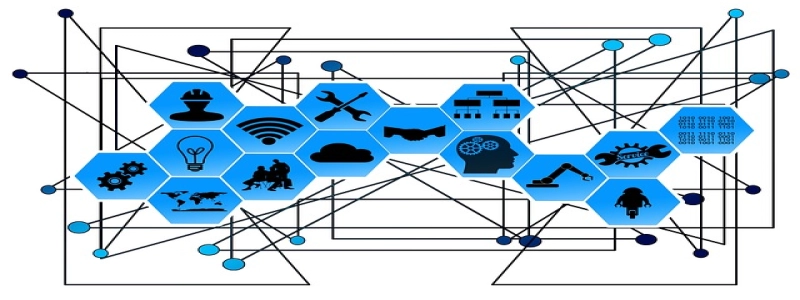POTS to Ethernet Converter
Introduction:
In today’s fast-paced digital world, the demand for efficient and reliable communication systems is higher than ever. With the advancement of technology, traditional Plain Old Telephone Service (POTS) has become outdated and is gradually being replaced by Ethernet-based communication. To bridge the gap between the two systems, POTS to Ethernet converters have emerged as a crucial device. This article will explore the features and functionality of POTS to Ethernet converters in detail.
I. What is a POTS to Ethernet Converter?
A. Definition and Purpose:
1. A POTS to Ethernet converter is a device that enables the seamless integration of POTS-based telephony systems with Ethernet networks.
2. The primary purpose of this converter is to transmit voice signals from traditional telephone lines over an Ethernet network, allowing for efficient communication.
B. Components:
1. Analog Telephone Adapter (ATA):
a. The ATA serves as the interface between the POTS line and the Ethernet network.
b. It converts analog voice signals into digital data for transmission over the network.
2. Ethernet Interface:
a. This component connects the ATA to the Ethernet network.
b. It enables the transmission of digitized voice signals to the intended destination.
II. Key Features of POTS to Ethernet Converters:
A. Voice Quality:
1. POTS to Ethernet converters ensure high-quality voice transmission by converting analog signals into digital data, reducing the likelihood of signal degradation.
2. Some advanced converters employ echo cancellation and noise reduction techniques, further enhancing audio clarity.
B. Scalability:
1. POTS to Ethernet converters are designed to be scalable, accommodating various telephony system sizes and network demands.
2. They can handle multiple POTS lines simultaneously, allowing for expansion as the communication needs of an organization grow.
C. Compatibility:
1. These converters are compatible with a wide range of telephony equipment, including analog phones, fax machines, and PBX systems.
2. They support different signaling protocols, such as SIP (Session Initiation Protocol), ensuring seamless integration with existing communication infrastructure.
III. Benefits of POTS to Ethernet Converters:
A. Cost-Effective:
1. By utilizing existing Ethernet infrastructure, businesses can avoid significant investment in dedicated telephone lines.
2. POTS to Ethernet converters eliminate the need for separate voice and data networks, resulting in cost savings.
B. Flexibility:
1. With POTS to Ethernet converters, organizations can integrate their telephony systems within a unified network, offering increased flexibility and mobility.
2. Users can access their phones and make/receive calls from anywhere with an internet connection, improving productivity and collaboration.
C. Future-Proof:
1. As Ethernet-based communication continues to evolve, POTS to Ethernet converters provide a future-proof solution.
2. They enable businesses to adapt to new technologies and trends without the need for major infrastructure changes or upgrades.
Conclusion:
POTS to Ethernet converters play a pivotal role in bridging the gap between traditional telephony systems and the Ethernet-based communication of today. With their extensive features and benefits, these converters are transforming the way organizations communicate, offering enhanced voice quality, flexibility, and cost savings. As technology progresses, it is essential for businesses to embrace POTS to Ethernet converters to remain competitive in the rapidly evolving digital landscape.








